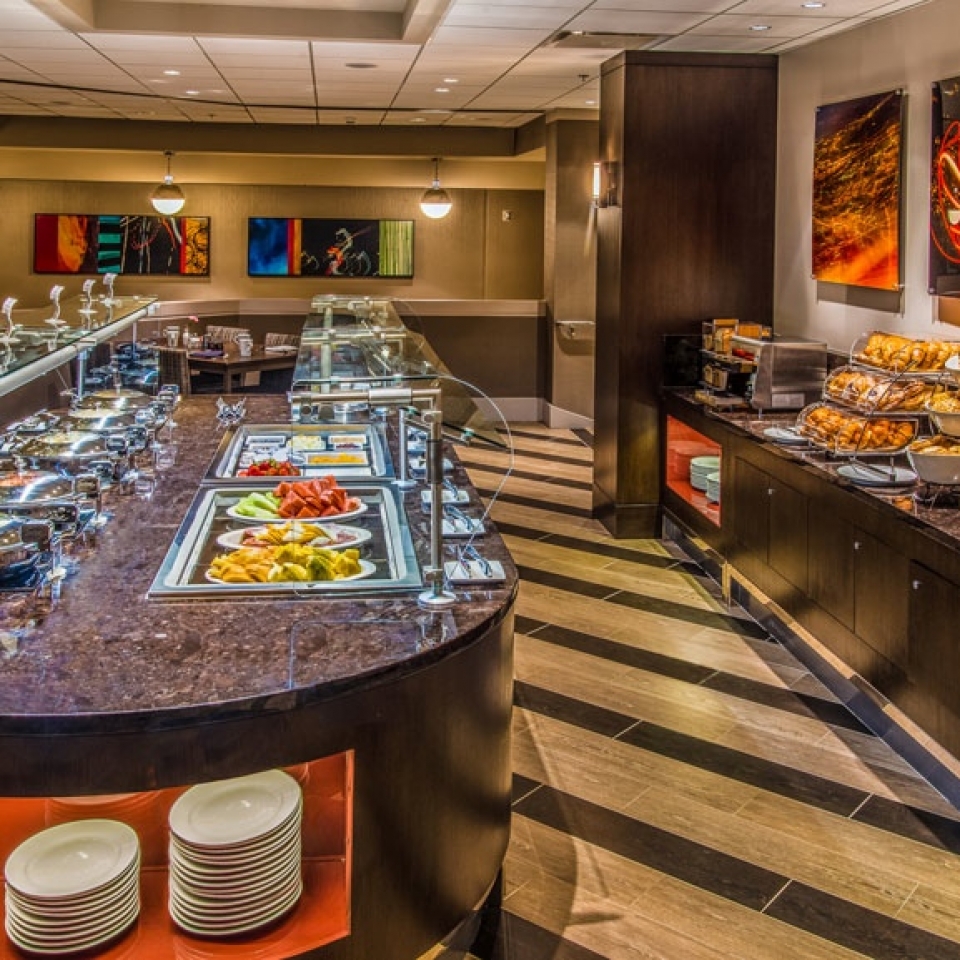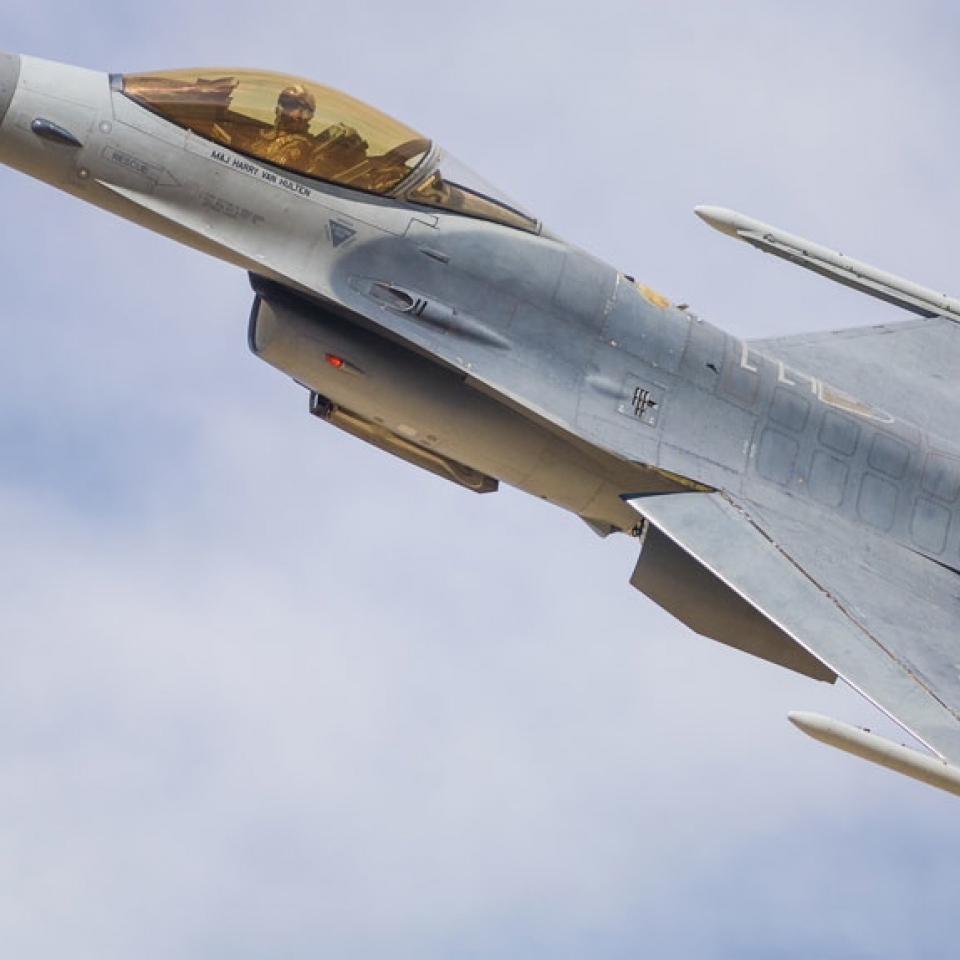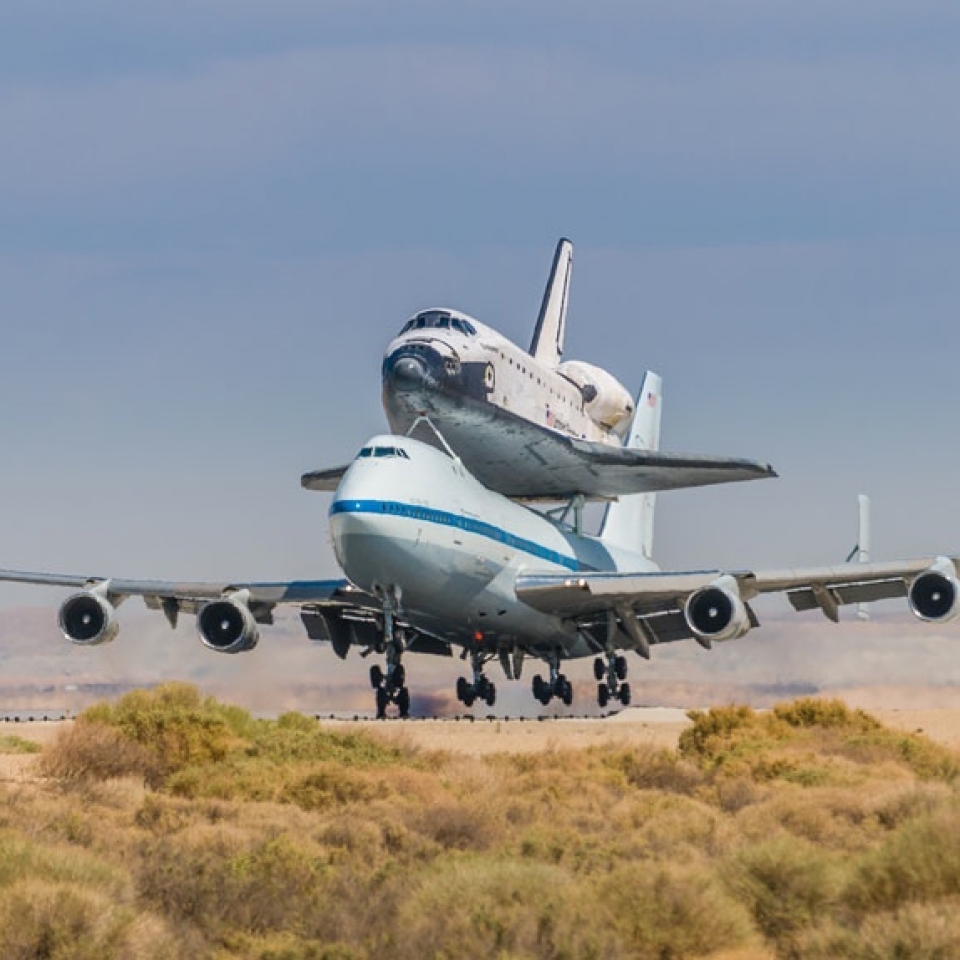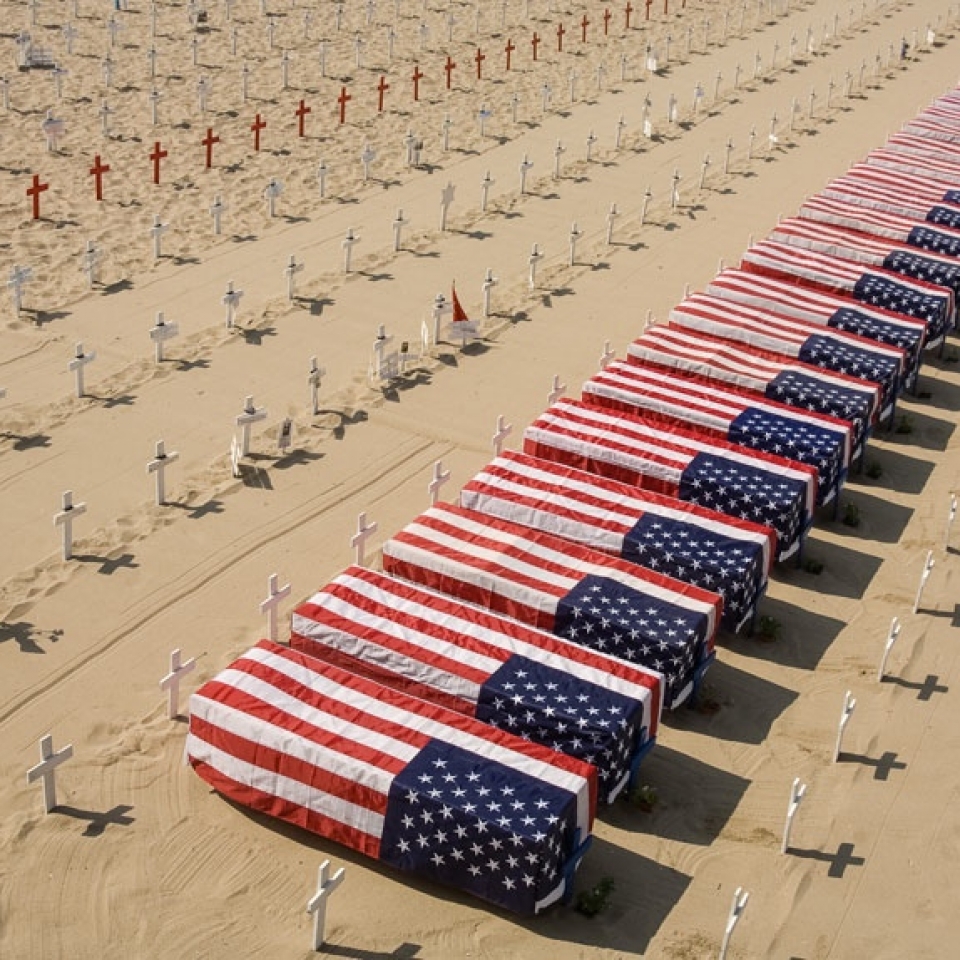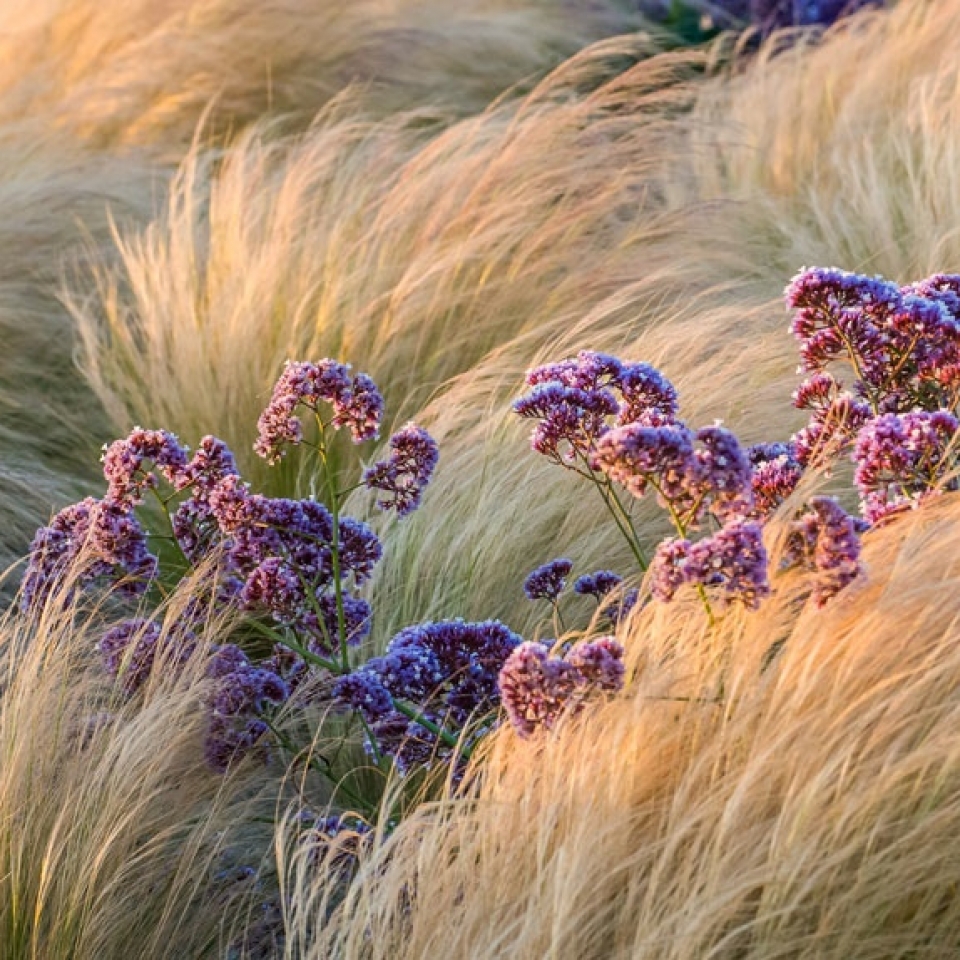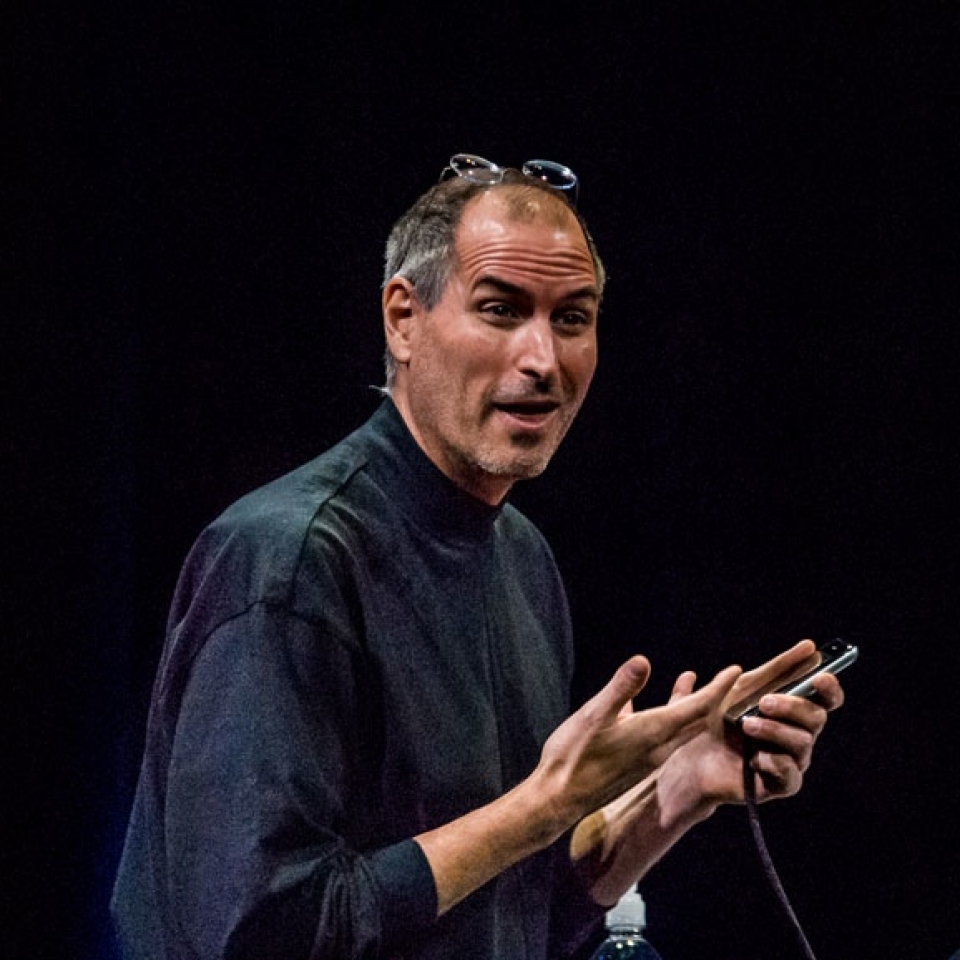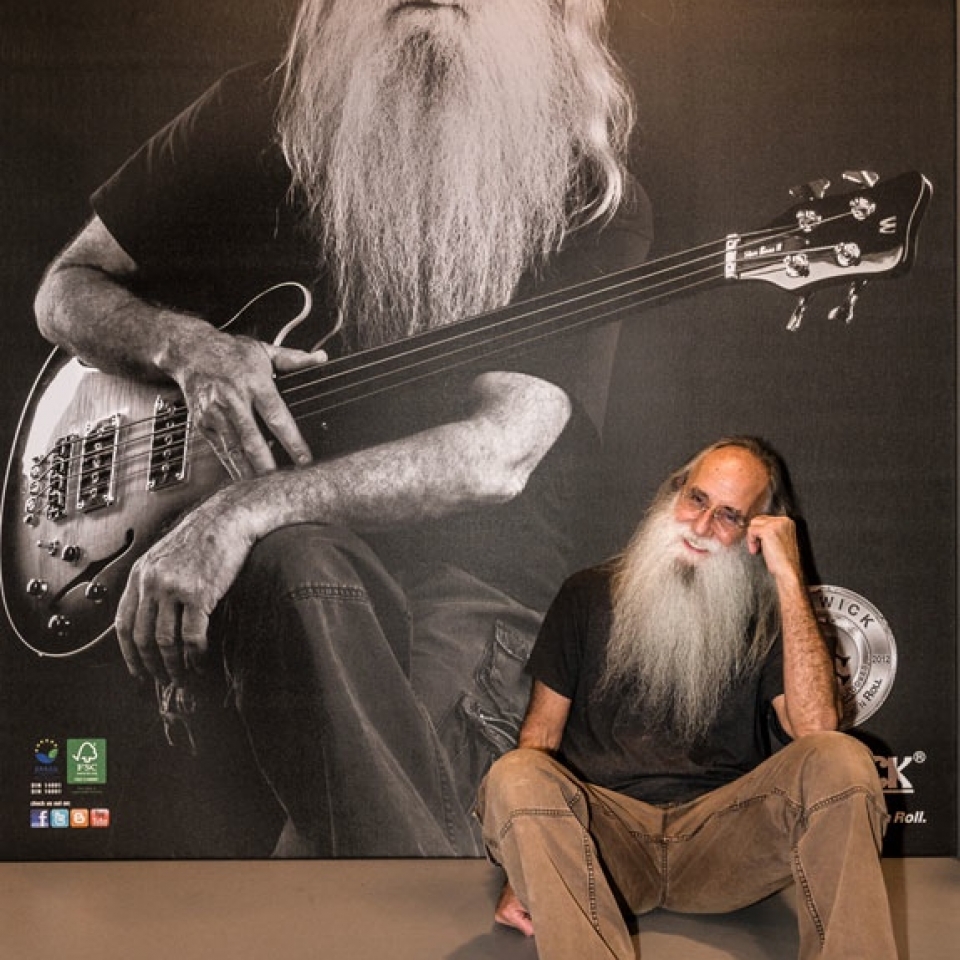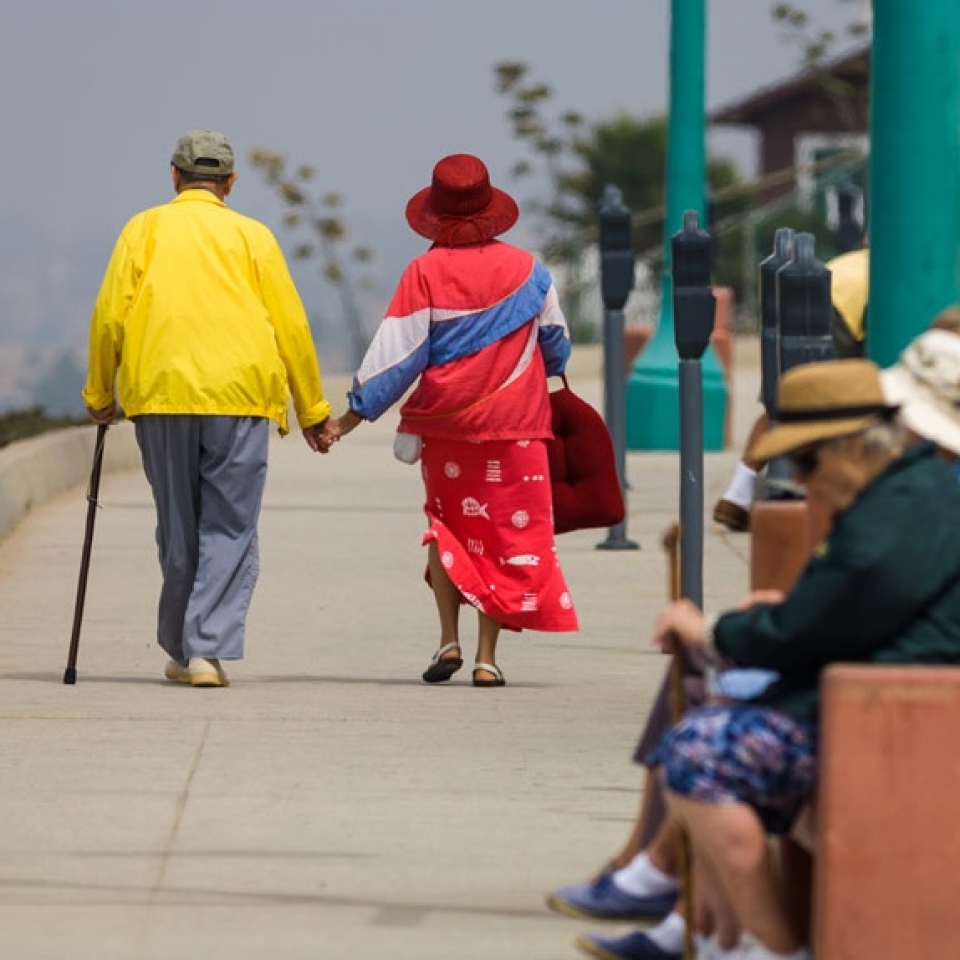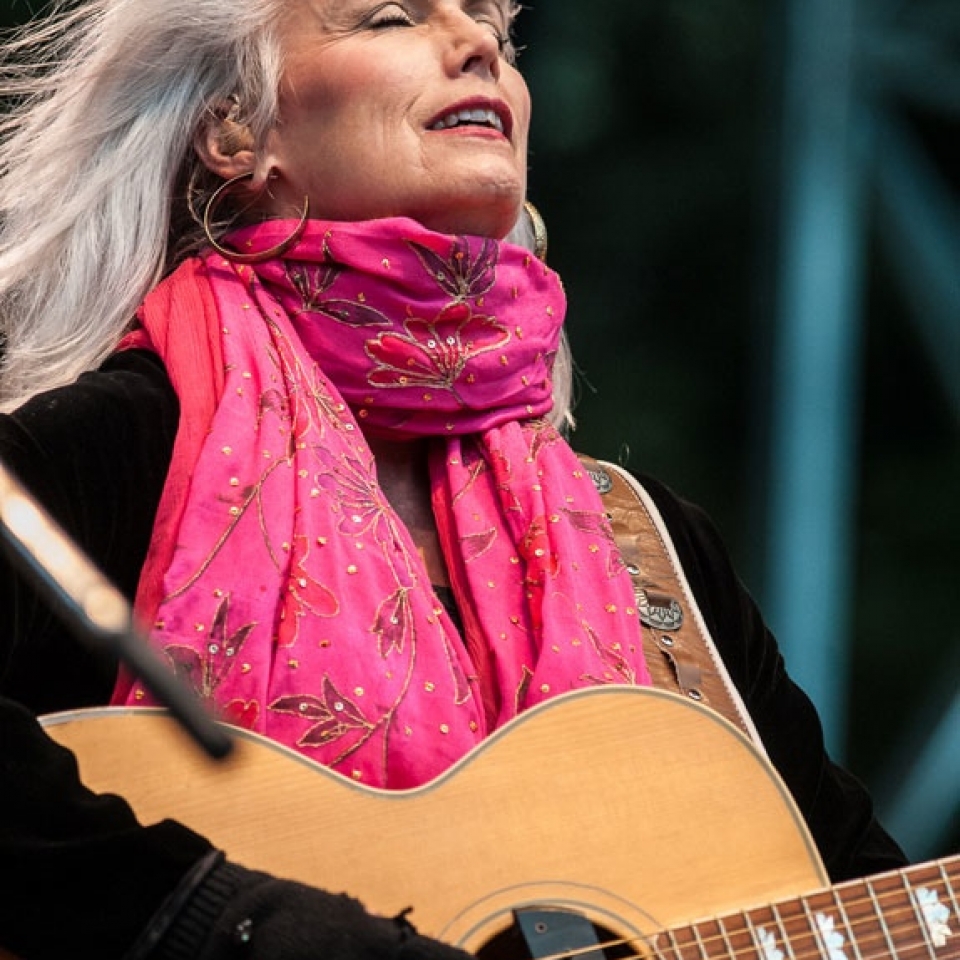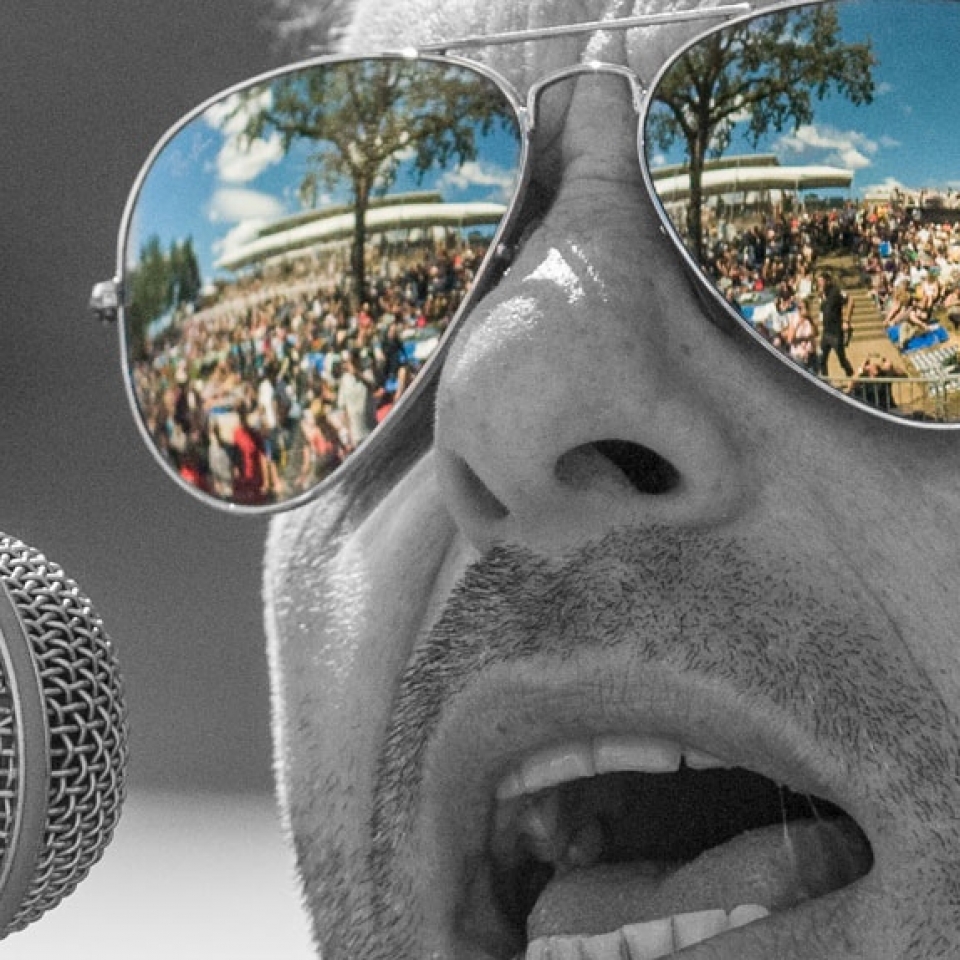Michael Pliskin
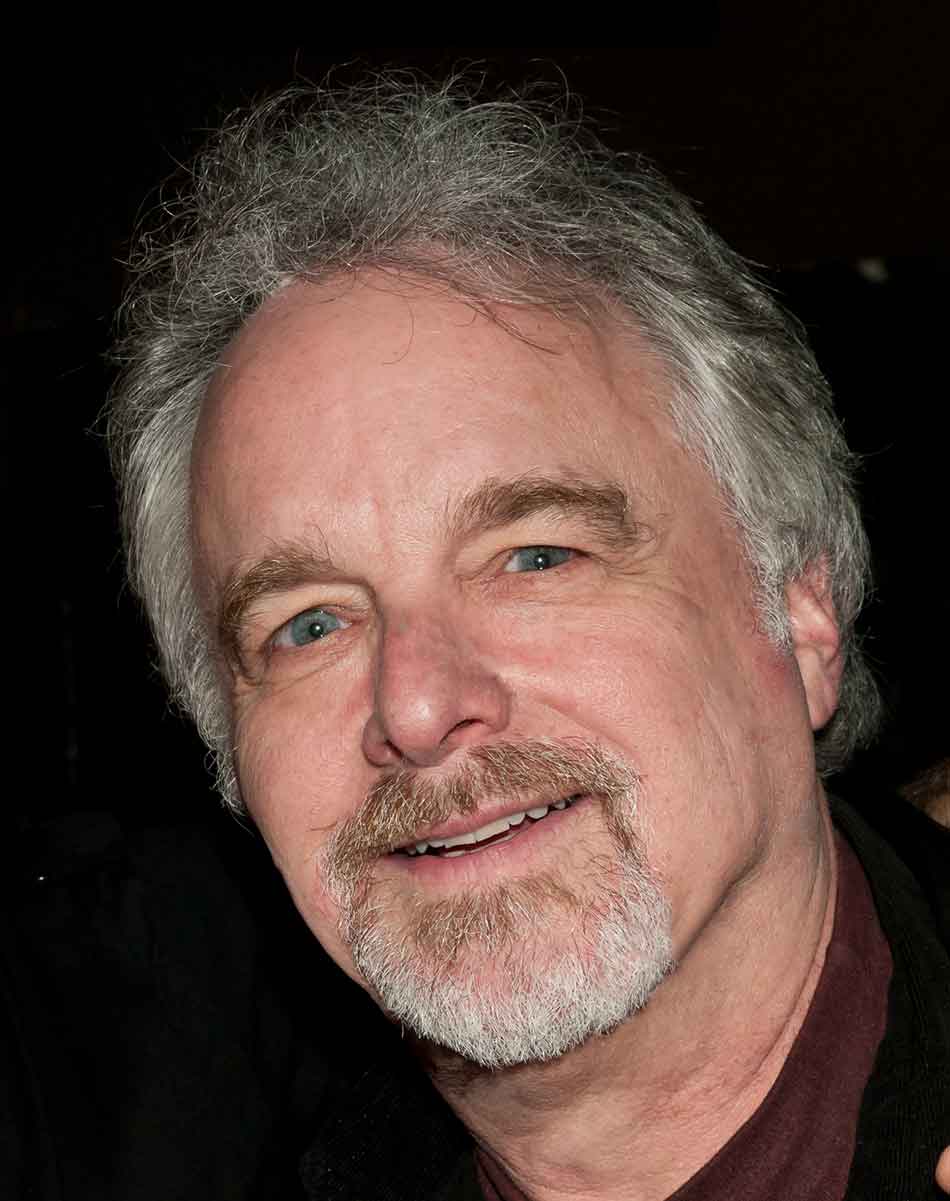
About
Michael Pliskin (www.pliskindesigns.com) began his professional photojournalism career at age sixteen. His photography has been published in newspapers, books, magazines and annual reports in the United States and Europe, and on comedy and concert movie DVDs, including Chicago and Earth, Wind & Fire: Live at the Greek and Last of the Breed with Willie Nelson, Merle Haggard, and others. Michael worked for Nikon for twelve years as a technical advisor in photography and digital imaging at the dawn of digital imaging era. He was also Technical Editor on several books on Nikon film cameras, including B. Moose Peterson’s popular Nikon System Handbook. Michael authored the book Digital Photography Workflow with Adobe Lightroom 3 and teaches Digital Imaging, Photoshop, and Lightroom workshops, introducing digital photographers to the wonders and ease of editing RAW photography. Michael has a BFA in Photography and Design from California Institute of the Arts (CalArts).
Scheduled to Teach
Gallery
LACP Interviews Michael Pliskin
LACP asks Michael Pliskin ten questions about his background, career in and beliefs about photography.
Los Angelesc Center of Photography: What kind of photographer are you?
Michael Pliskin: I am a photojournalist, fine art and commercial photographer. I cover music, aviation and other events for magazines and books. I shoot CD and DVD covers for musicians and comedians, and I do commercial and architectural photography for hotels and restaurants. I also shoot landscapes, panoramas and wildlife as fine art.
LACP: How long have you been shooting?
MP: I have been shooting professionally for over 40 years. I began shooting when I was a child. My first camera was a 620 roll-film camera. I then graduated to 126 instamatics and then to 120mm and 35mm cameras. My first professional photo job was shooting sports and news for a local daily newspaper when I was 16 years old and a sophomore in high school.
LACP: Where did you get your training?
MP: I taught myself the basics of photography by reading books and developing Tri-X in the bathroom. When I started working for the newspaper as a teenager, I would hang out at the newspaper offices on Friday and Saturday evenings. Their #2 photographer was an Albino man who was legally blind, but could see the world clearly through his camera viewfinder, and was an award-winning photographer. If there was a news event to cover, like a fire or accident, I would drive him to the scene, we would both shoot, and then he would critique my work after we processed the film. He showed me what I did right and how I could improve my shots. He taught me how to tell the whole story in a single shot by using the entire frame as my canvas and composing the shots with various elements in the foreground to draw in the viewer. I later got my BFA in Photography and Design at CalArts. I continue to learn through photography workshops, Photoshop seminars and University extension courses from time to time.
LACP: When did you know you wanted to devote your life to photography?
MP: When I was about 9 years old I was with my family in Washington, DC. When we visited the capitol building, I recognized a famous Senator standing on the Capitol steps talking to two other men. I ran up the steps with my Kodak 126 Instamatic to take some photos. Although I tripped and broke my camera, I realized then that I had the instincts of a photojournalist.
LACP: Did you ever come close to giving up?
MP: Many times. It is not easy to make a living as a photographer. But almost everything I have done in my career has been related to photography, even when I was not shooting for clients. Rather than giving up, I evolved and learned new skills to grow and survive, including teaching, desktop publishing and technical writing.
LACP: Have you sacrificed anything by being a photographer?
MP: I could have gone to Law School instead of being a photographer. I sacrificed a potentially lucrative career to follow my artistic heart. But in the long run, photography has always been the lifeblood flowing through my veins. I feel most alive when I am doing photography and other creative endeavors.
LACP: What have you gained by being a photographer?
MP: My photography has given me many exciting opportunities that are afforded to very few. It has opened many doors and introduced me to many fascinating people. I have shot major league baseball games from the dugout, NFL football from the sidelines. I photographed the first takeoff and final landing of the Space Shuttle Endeavour. I stood on the edge of the runway to photograph the final take-off of the last flight of the famous SR-71 blackbird, the fastest airplane ever built. I met and photographed many of my favorite musicians during live performances and for album covers. Some of my most rewarding experiences as a photographer have been while photographing the Special Olympics for the past 26 years, using my talents and skills to give back to the community.
LACP: What classes do you teach at LACP?
MP: I teach Adobe Lightroom, Photoshop and InDesign.
LACP: What do you love most about teaching?
MP: I love seeing my students light up when the learn a new technique. I love being able to share my knowledge and inspire my students so that they can take their work to the next level.
LACP: What advice would you give someone who is thinking about making a career in photography?
MP: Understand that you may have serious financial struggles in your career and be prepared to adapt to an ever-changing environment. Learn how to sell yourself. Be passionate about your work.
